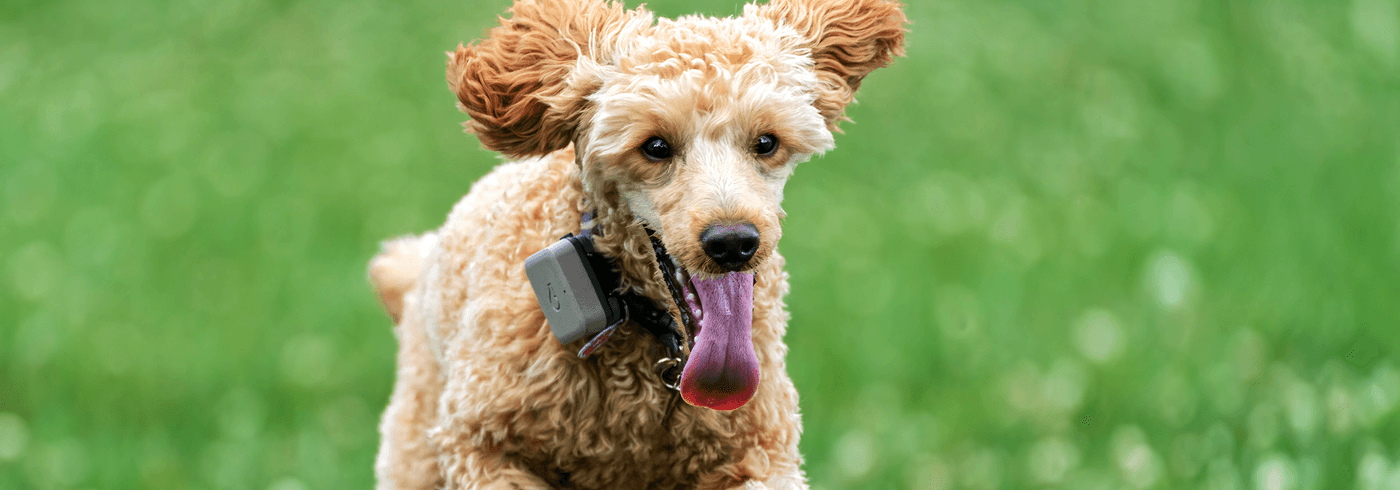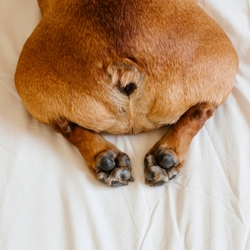
How to train your dog on an invisible fence
Setting boundaries for your pooch while still giving them their freedom outdoors can be tough, but an invisible fence can help get the job done.
An invisible fence is a great way to keep your dog contained and safe without the expense and hassle of building a physical perimeter barrier. That being said, you’ll need to put in a little bit of work with your pup to teach them what their new boundaries are, and how to avoid negative consequences. Setting them loose and assuming they’ll figure it out is a seriously bad idea, as it can lead to a lot of confusion and fear that can be easily avoided with proper training. Here’s how to make sure your dog is safe, happy, and very aware of their newfound — even if slightly contained — freedom.
Start out on the right paw
Invisible fences can be either buried in the ground along a certain line or a set distance radiating out from a central point. Both options should come with temporary flags to allow you to visibly demarcate the appropriate zone for your pup.
When it's time to start training your pup on the fence, bring lots of treats along for positive reinforcement. Start out with your dog on a leash and a non-metal collar (to avoid interfering with the fence’s signal) and the stimulus collar in your hand. Be careful to avoid holding the metal prongs and crossing the shock line, or you’ll receive some negative reinforcement of your own.
Give clear signals
For the first bit, you’ll want to just use a signal (probably a sound like an alarm) instead of the corrective stimulus (usually a light shock) to start teaching your dog where the boundaries lie. Whenever your dog walks close enough to the fence to hear the warning beeps, instruct them to move away from the boundary and further into the safety of the yard. With repeated efforts along different areas of the fence, your dog will begin to learn their new borders and associate the flags with no-go zones.
Let them know who’s a good boy (or girl)
Whenever your dog does something correctly, like moving away from the fence when you instruct them to do so, reward them with a small treat and lots of happy pats. Positive reinforcement is always a more pleasant way to train, and the collar will be providing the appropriate negatives if your pup doesn’t comply.
Kick it up a notch
Now, it’s time to let your dog know what happens when they cross the (invisible) line. Put the fence collar on your dog alongside the one the leash is attached to. Give your dog a bit of freedom to go wandering near the line. If they ignore the noise signal and continue through the barrier, they’ll receive a corrective stimulus to deter them from repeating the path. Continue to reward your pup for avoiding the barrier, and encouraging them to remain inside the fenced off area. Those flags you put out earlier will help reinforce the presence of the fence they can’t see.
Test the limits
Once your dog has begun to understand the fence and where it is, you’ll want to test their patience a bit more before letting them loose. Use something tempting, like food or another animal, on the other side of the fence to test your pup’s will power. Don’t actually instruct them to walk through the line, as that will just confuse them and possibly make them less likely to follow future commands. The goal is to tempt them, but encourage them to resist. Use the same positive and negative reinforcements previously mentioned to make sure your dog knows they are not supposed to cross that boundary, no matter how green the grass is on the other side.
Let freedom ring (literally)
Okay, you’ve put in the hours and your dog seems to be getting the hang of things — time to go off-leash. Take the leash off in the yard and stay nearby for any necessary intervention. Your dog should still associate the beeps and shocks with their new boundaries without being physically pulled away. Keep the flags up for a while (anywhere from a few weeks to a few months depending on the size of the perimeter and the dog’s own willingness to learn) to give them time to memorize the full extent of the boundaries and avoid any future *shocking* situations.




Comments: